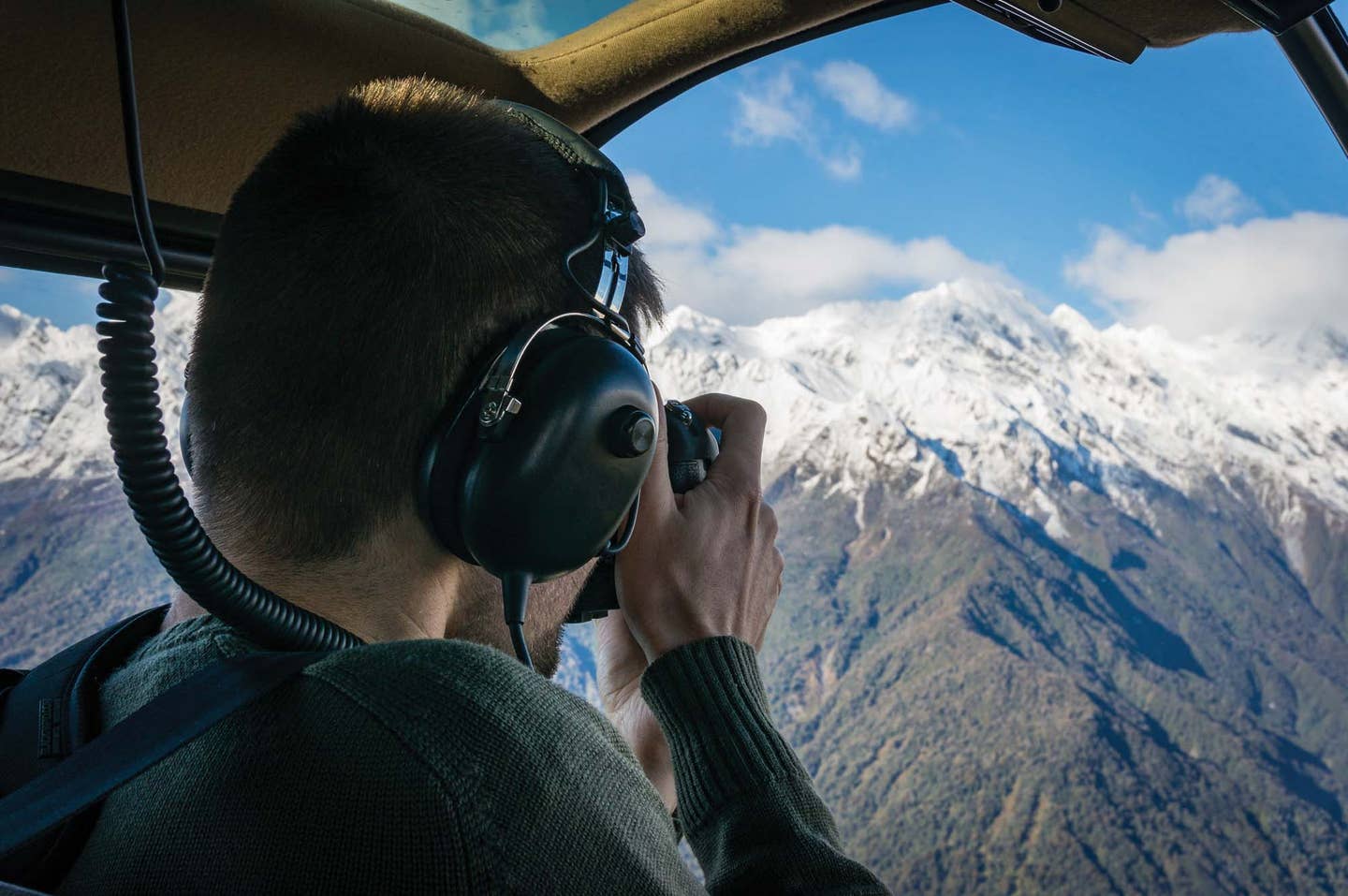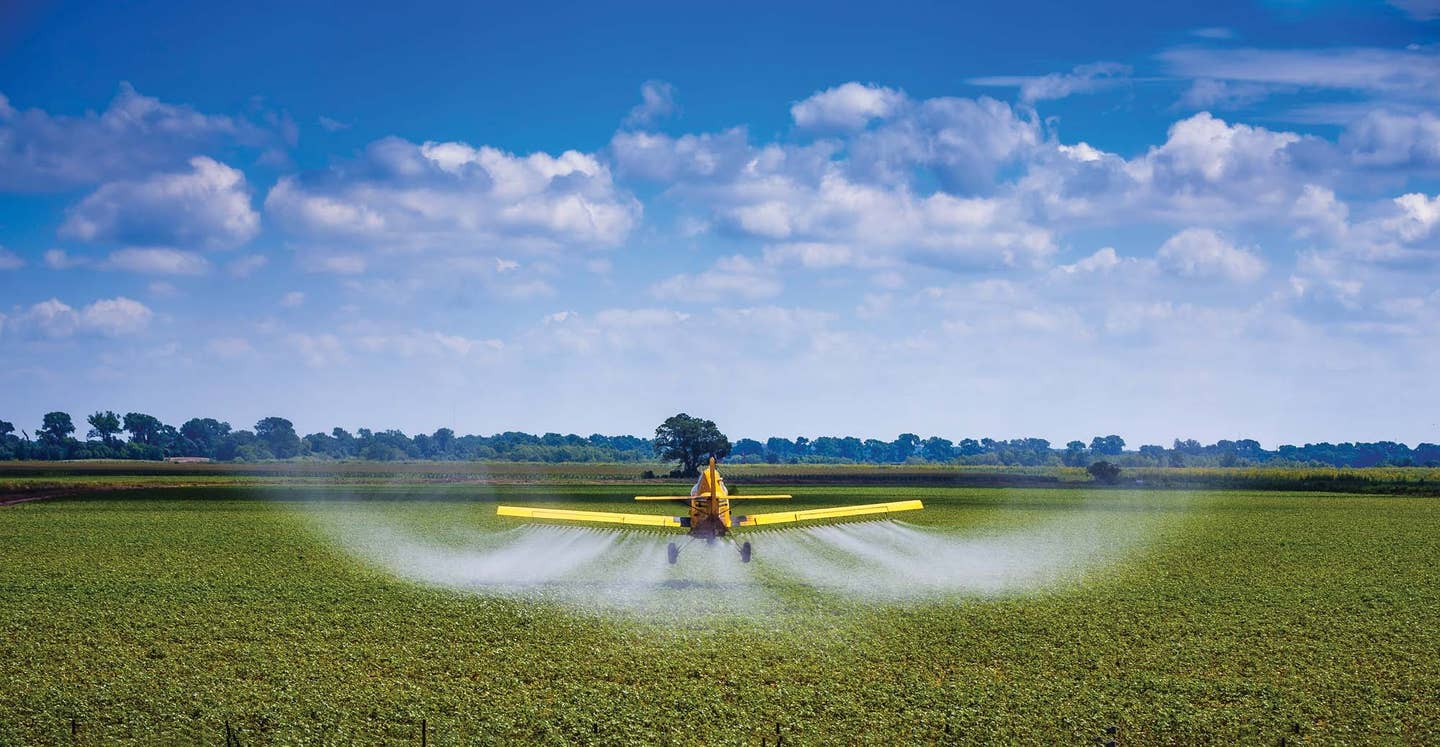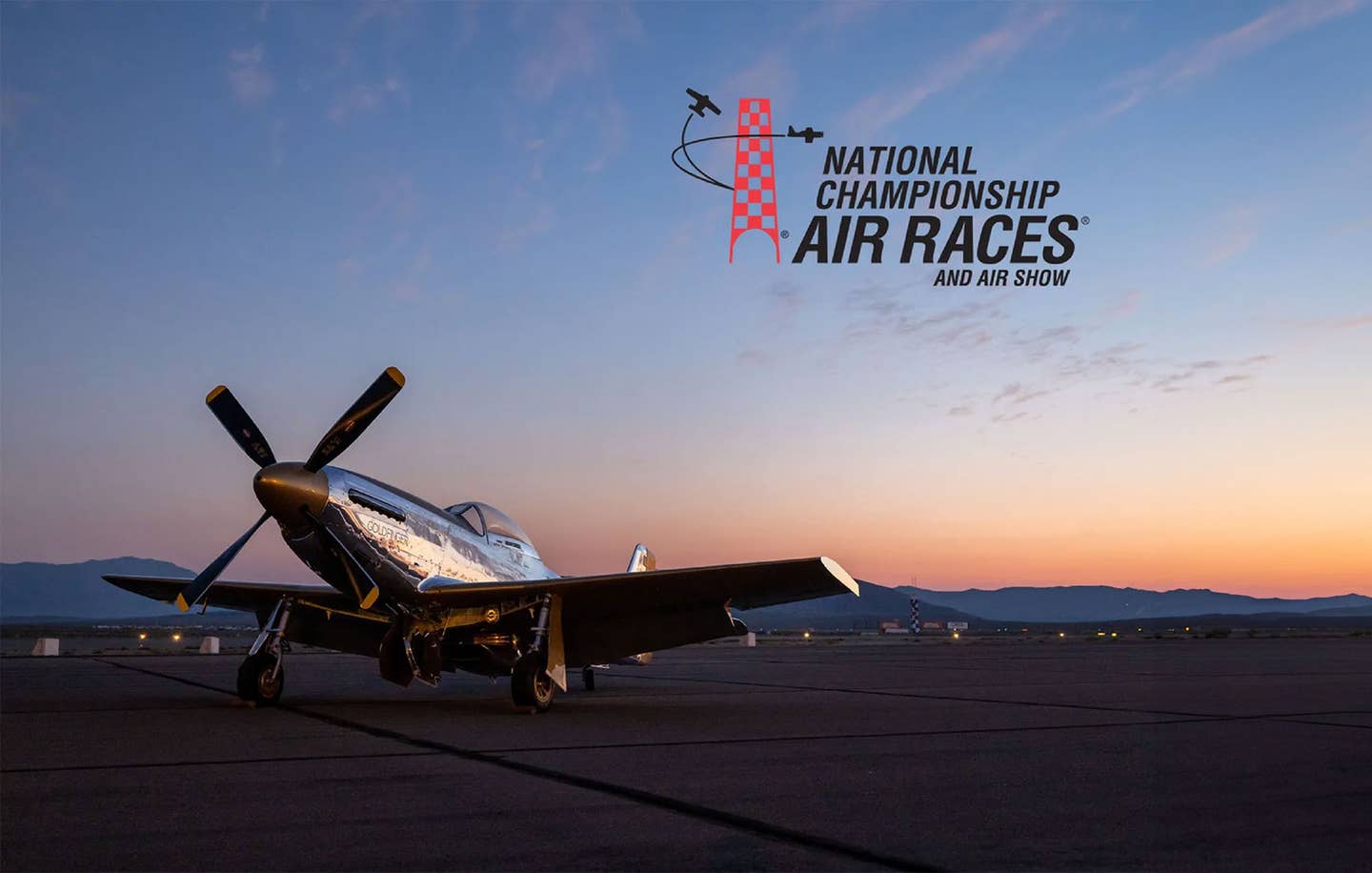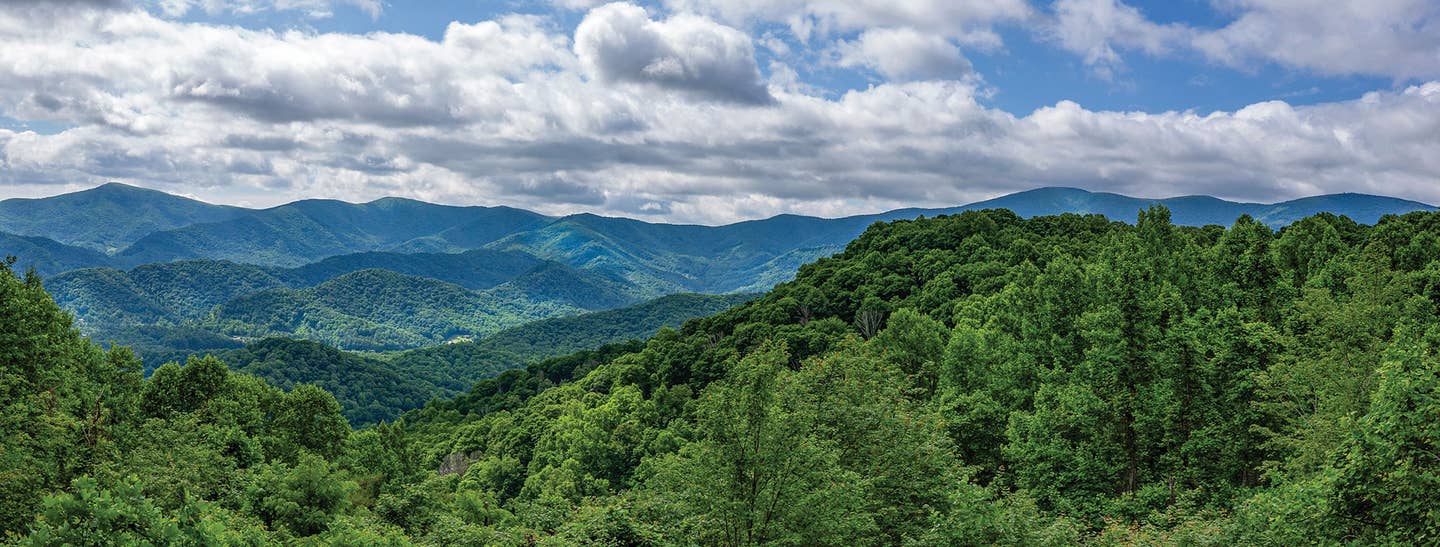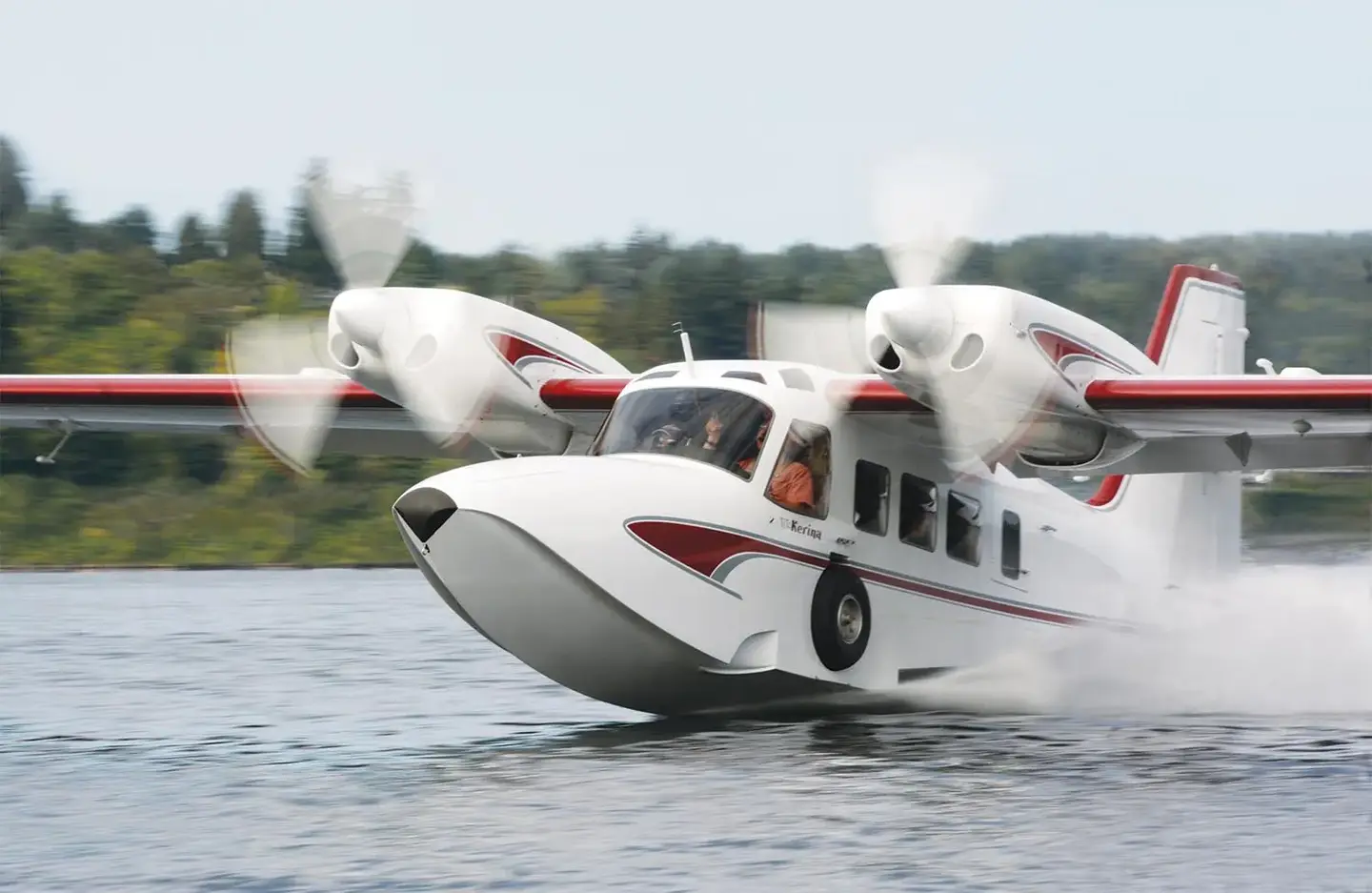10 Cheapest Planes In The Sky
When hunting for great value in a used plane, look for those that are under-appreciated.
When they're looking for a good used plane to buy, many would-be owners gravitate to the best-known models. That makes sense in a way. The chances are good that a model that is well-loved will live up to its billing and deliver a fantastic flying experience. The market is changing, fast, but there are still some bargains to be had, though your wallet will need to be a bit fatter than before to make that purchase.
The crowd favorites are that for a reason. They're great planes and, hence, wind up selling for more. It's about as simple a case of supply and demand as you can get. The Cessna 182 Skylane and the Beechcraft Bonanza are two cases in point. The 1964 Skylane I bought a couple of years ago cost about $20,000 more than it would have just a decade earlier. And when a good used Skylane shows up on the market, it doesn't last for long, and buyers typically get their asking price, or more. Today, that same cream puff Skylane I later sold for $65,000 would fetch even more.
But in the case of the Skylane or Bonanza, there are alternatives that aren't as popular or as pricey. Sometimes this has to do with speed or utility. Mid-'60s Bonanzas cost a lot more than late-'50s models do, and not just because they're new but also because they're faster. For those buyers who are willing to be 10 or 15 knots slower, there are excellent alternatives to the Bonanza, and sometimes that might mean an older Bonanza. Alternatives.
Before you start looking for a plane, it's important to be clear about what you're going to use it for. You might want a used Cirrus SR22, but if your most common trips are going to be 400-mile jaunts or less, then you'd probably do just as well with a used, lower-cost and lower-upkeep model like an older Mooney M20 that will get you to your 250 nm destination a little later and with less room but for pennies on the dollar. I could go even further and say that many pilots would be wise to consider a good used two-seater. It's no secret that pilots who have four- or six-seat birds overwhelmingly fly with a bunch of unoccupied seats. A two-seater, many will find, fits the bill for shorter, fun flights or even for the occasional longer voyage.
There are a few other factors to weigh when you're narrowing your search terms. First, remember that buying the airplane is only part of the cost of owning a plane. How much fuel it burns and how expensive it will be to maintain are equally important factors to consider.
Another big question is, how readily available are parts? Interestingly, this is not always closely related to how old the plane is; some older planes are easy to get parts for, and some newer models are tough. And consider cost, too.
Finally, the condition of the plane you buy is critical to the purchase decision. If you were to get a plane with unknown or unrevealed problems, you could spend a lot of dough getting it back up to snuff. Engine and prop are a critical part of that calculus. The flip side is, if you're willing to fly a plane with older paint and a less-than-chic interior, you could save a huge percentage of the purchase price because of factors not directly related to the flyability or mechanical soundness of the plane.
With all that in mind, check out our list of 10 great used planes that are not on everybody's radar. There are a couple of well-known models that are readily available and cheap to buy, and there are some oddballs you might not have given a second thought to, until you looked more closely. In some cases, those birds can be the Avis Rent-a-Car of used planes, the number-two choice, like a Champ compared to a Cub. Sometimes there's a lot to love in the path less traveled.
Happy hunting.
---Isabel Goyer
Cessna 150
Introduced in the late 1950s, the Cessna 150 was a revolutionary airplane at the time. A tricycle gear, side-by-side two-seater, the model gave instructors and students exactly what they were looking for, an easier-to-fly and -land trainer that held up to a seemingly endless succession of bad student landings. The 150 is sometimes trimmed out and branded as the "Commuter," and it is a surprisingly good runabout, with good visibility for sightseeing, space for a couple of good-sized duffle bags behind the seats, and enough room to seat two friendly, lean people---admittedly sometimes barely.
There are a lot of 150s out there, too. Cessna built nearly 25,000 of the birds (along with around 7,000 of the closely related 152, another good value). The engine in the 150 is the Continental O-200, which purportedly produces 100 hp and burns around 7 gph. The O-200 is relatively cheap to overhaul, and parts are readily available for it. Early 150s, like their 172 and 182 relatives, had the straight tail and fastback upper fuselage design, which some people think looks cool. Later models were slicked out with the swept tail (necessary for the near-supersonic cruise speed of close to 100 mph) and rear window. Because they're so plentiful and offer such modest capability, the 150 is a terrific value. You can get a good used one for as little as $15,000.
Ercoupe
If there's a reason why the Ercoupe doesn't look all that weird to us, it might be because it's been around so long, since the mid-1930s, in fact. Over the decades, it was in off-and-on production by at least five different companies, including Mooney, which made a single-straight-tailed version of the Ercoupe, the M-10. Overall, more than 5,500 of the planes were produced. (We'll refer to them all as Ercoupes here.) Any way you look at it, the Ercoupe was an odd bird. Created by the legendary Fred Weick, the plane was designed to be hard to stall and easy to fly, and to land.
The plane is all-metal, tricycle gear and, unusually, features two-axis control, so there's just pitch and roll. So no worry about the rudders, because there aren't any. This means you can't slip it like you can a conventional-control bird, but they're still surprisingly easy to land even in a slight crosswind. Many later Ercoupes do have rudder control, and as with many models, the Ercoupe got more power over the years, up to 90-hp, which helped its meager performance become modest.
With a cruise speed of around 90 mph, the 'Coupe isn't fast, but it is pleasant to fly. Though there isn't a lot of shoulder room in its narrow cockpit, you can slide the canopy back in flight and enjoy the breeze. This feature might sound quaint, but many owners love having their very own flying convertible. While Ercoupes have started creeping up in price, you can still get a nice one for $18,000 or less.
Aeronca Champ
There are pilots who don't need to be convinced of the Champ's charm and value. This little taildragger, which was a direct competitor to the J-3 Cub for a time, is in some ways a better airplane than a Cub. Like the J-3, it's got tandem configured seating, but unlike the Cub, a solo pilot in a Champ sits in the front seat, so visibility while taxiing is good, compared to next to none on the J-3. Which one handles better on the ground is debatable, with the two camps disagreeing on which is more susceptible to a ground loop.
The Champ, in my experience, is considerably easier to land than the J-3. Though it feels heavier on the controls than the J-3, the Champ requires a bit less attention than the J-3 while offering the same terrific view downward. There is one big Cub advantage here: It can be flown with the door latched wide open, something that Cub owners are certain to do on any given summer day.
Still, for those folks who want a Cub and who haven't flown a Champ, I'd highly recommend begging a ride in one if you can. You can find Champs of various vintages with low-time engines (they were outfitted with anywhere from a 65- to a 95-hp Continental engine) for less than $25,000, which is at least $10,000 cheaper than a comparable J-3, and that will buy a lot of gas for a lot of memorable trips aloft, but not too high. You'd be missing the point of a Champ.
Cessna 170/172
You might find it odd that we're grouping these two classic Cessna singles, as the 170 is a taildragger and the 172 a tricycle gear plane, but the two share so much in common it's fair to say that they are two sides of the same coin. The 170 is, of course, the immediate predecessor of the 172. That first tricycle gear plane was little more than a 170 with a nosegear bolted on. Still, despite the similarities, the personalities of the planes are very different.
One is a fun, sporty grass strip time traveler, and the other is a utilitarian jack-of-all-trades that's equally at home as trainer, IFR platform, short-haul transportation plane or just a weekend fly-thing. Both have their limitations, but for pilots who don't need more than they offer, it's hard to beat the value of an all-metal (or in the case of early planes, mostly metal), proven, supremely easy-flying four-seater with great visibility and a heritage that would make any owner proud. Earlier 172s and all 170s came with a Continental six-cylinder engine, the O-300, up until 1968, when Cessna switched to Lycoming power.
Cessna discontinued the 170 in 1956, shortly after the introduction of the 172, which would go on to become the most-produced plane in aviation history with upwards of 50,000 built, mostly in Kansas. The 170 has soldiered on as a beautiful (its rounded vertical tail is pure flying perfection) alternative, one that borders on being an antique but still has a clean, modern look to it that attracted pilots 60-some-odd years ago. And both planes are quite affordable, in part because of their sheer numbers. You can find decent examples of either plane starting at around $45,000, a price that many owners in waiting can afford and that is sure to hold steady or increase in value over time even as you fly them, be it from a remote grass strip or the less-romantic-but-more-convenient paved runway of the local airport.
Beechcraft Skipper
We might just get in trouble for including this plane, not because it's not a good one, but because the Skipper is such a carefully guarded secret. The all-metal, Lycoming O-235-powered Skipper was Beechcraft's mid-'70s attempt to create the perfect new trainer to grab market share from Cessna, which owned the training game at the time.
The Skipper wound up being a lookalike to Piper's Tomahawk, a product developed by Piper for the exact same reasons as Beech created the Skipper. Many pilots, even those who aren't Skipper owners, believe that the Beechcraft product is a gem, and we agree. The plane is, as you can see, a low winger with a rounded canopy and, the clincher, a T-tail. As you might know, in the mid-'70s for some reason T-tails were hot, and both Piper's and Beech's two-seater were graced, or whatever other description you might have for them, with T-tails.
The Skipper is a great flying airplane, with terrific control harmony and easy landing manners. The real selling point for many is the cockpit, which is roomy, nicely appointed and strangely luxurious looking for a trainer. The guess at the time is that Beech didn't know how to design them any other way.
The biggest challenge with buying a Skipper might be in finding one. Beech built only around 300 of them, and they show up infrequently on the used listings, but when they do, you can get them for somewhere in the neighborhood of $25,000, no bargain compared to the price of a Cessna 150, until you've had a chance to sit side by side with a friend in the Skipper. Then it might just feel like a steal.
Luscombe Silvaire
A lot of pilots refer to all two-seater Luscombes as "Silvaires," but the first Luscombe to carry the name "Silvaire"---the Luscombe 8C---wasn't built until 1940. Its engine was a rarity at the time, a 75 hp, fuel-injected Continental A-75-8J. The more common Silvaire models, the 8E and 8F, went back to carbureted engines.
The 8E was designed to compete with the Cessna 140. Luscombe added rear windows and an open compartment to the previous Luscombe 8 models and began production in 1946. The original Continental C-85-12 engine provided 85 hp. The 8E came with either 12.5- or, less commonly, 15-gallon wing tanks, which, with its roughly 5.5 gph fuel burn, will still keep the plane up in the air for a reasonable length of time. Cruise speed comes in at around 100 kts. Further improvements in the form of a new 90 hp Continental engine, better landing gear and a full electrical system were added in 1948, becoming the 8F.
With full fuel, the Silvaire can carry about 400 pounds. The narrow landing gear and responsive controls can make it a bit interesting to land, especially for pilots without a lot of tailwheel time. A solid 8C model can be purchased for as little as $17,000, with an 8E going for $18,500 at the low end and an 8F closer to $26,000.
Piper Cherokee 140
Planned as a replacement for Piper's high-wing rag-and-tube Colt, the Piper PA-28-140 Cherokee arrived early in 1964. The all-metal, low-wing aircraft was primarily intended for use as a trainer, competing with the Cessna 150. It might not have won that battle, but it did grab market share, and for good reason. The entry-level Cherokee 140 has a reputation for reliability and easy handling.
The 140 is powered by the 4-cylinder Lycoming O-320 engine, originally rated, unsurprisingly given the name, at 140 hp. The two-seat design was updated just a year later, becoming the 140-4, which could be configured as a four-seater. The update also bumped the engine on the 140 up to 150 hp. More than 10,000 Cherokee 140s---with the vast majority being the 150 hp version---were manufactured before Piper stopped production in 1977.
The 150 hp 140 cruises at a blazing 108 kts and will travel a respectable 465 nm. It can haul around 950 pounds useful load, a decent figure for a 150 hp airplane, but many owners look at the 140 as a good-sized two-seater with a large luggage bench in back. For a nice used 140, the price can be as low as $21,000.
Stinson 108
The Stinson 108, built by Stinson Aircraft Company from 1946 to 1950, is a secret hiding in plain sight. Stinson built more than 5,000 of the planes, but it has what is largely a niche following. That could be because of what some describe as ungainly looks.
A fabric-covered, steel-tube fuselage taildragger, the four-seat 108 can cruise at better than 110 mph and can operate comfortably from unimproved strips, though its short-field performance with the stock Franklin 165-hp engine isn't as sprightly as some of its competitors. Still, the 108 packs an impressive useful load of 1,100 pounds, and it has proven a popular plane among float and ski operators in the bush, with many remarking how much better-looking the 108 is when it's airborne or on skis or floats.
Many Stinson 108s have been modified with larger or non-Franklin engines, and a good number have been "metalized" with sheet metal instead of fabric over the original tube-built fuselage. With its ability to carry four FAA-sized passengers, full fuel and a good amount of cargo on top of that, the 108 arguably competes with the Cessna 182 and Piper 235, two planes that are popular and command much higher prices than the 108.
Both are faster by at least 15 knots, but neither can boast a wood paneling interior, popularized on the most iconic model of the 108, the "Flying Station Wagon." And all of the 108's competitors cost a lot more. You can find nice 108s for anywhere from between around $28,000 up through around $38,000, and many of these planes have been not only updated but also taken care of like the prizes they are.
Quicksilver MX II Ultralight
The term "ultralight" is shorthand for the FAA's Part 103 Aerial Recreational Vehicle (ARV). True ultralights are single-place, very, very light planes that don't need any kind of pilot's license to fly or even any kind of certification. They are essentially unregulated. That said, almost every "ultralight" out there today isn't really an ultralight at all. It's either an Experimental Category plane that's regulated the same as a Van's RV is, or an E-LSA, which you can build and then get approved, just like a Zenair.
The Quicksilver we chose as the poster child for this segment is a two-seater, versions of which are LSA and even Primary Category certificated. The prototypical ultralight is an open aluminum tube fuselage, with the wing and tail structures covered by heavy-duty sailcloth. The planes are mostly powered by Rotax two-stroke engines, which have been around for decades and are well known and well supported.
Ultralight-style planes are fun to fly, and that's an understatement. They aren't fast, but, again, that's precisely the point. Low, slow and out in the breeze is the name of the game. And the entry level is very affordable, with new ultralight-style planes available for $15,000 and up, and used planes in flyable condition for not much more than $5,000. Be sure to get an expert opinion before you buy and expert training before you fly, because little about these machines is intuitive to conventional heavier-metal pilots.
Pre-201 Mooney M20s
When Roy LoPresti did his aerodynamic magic to the Mooney M20, it became magically the Mooney 201, the nickname boasting the plane's top speed of 201 mph. Because it's fast, the 201 is a desirable airplane, and so it holds its value strongly. Pre-201 Mooneys, on the other hand, can still be had for a relative bargain, and there are a lot of them on the used market, too. The trick is to know what you're looking for and what mods have been done to the plane.
Mooneys that deserve a closer look for bargain hunters with a need for speed (and economy) are the Ranger, Chaparral and Executive, though the Executive has escalated in price over the past few years due to having the longer and slightly wider cabin. The M20C Ranger and the M20E Chaparral (or Super 21), on the other hand, can still be acquired at bargain prices if you look around. The Chaparral is a particularly attractive airplane. With its 200-hp Lycoming engine, the plane is a reliable 160-knot cruiser with a good useful load (around 1,000 pounds) and a decent range (around 600 nm).
These planes are somewhat cozy in front and downright tight in back. But for pilots who fly most often solo or with one passenger, they work beautifully. Prices start in the $40,000 range (or occasionally much lower), and for that you can get a nice airplane, sometimes with mods, and sometimes with a newly overhauled engine. There are few or no high-performance used planes that can compete in terms of value, cost of ownership and operating costs with a good older Mooney.
If you enjoyed reading about some of the cheapest planes available, try these next:
Interested in regular updates from Plane & Pilot?
Sign up for our free newsletter to receive aircraft news, product information, pilot talk and more.
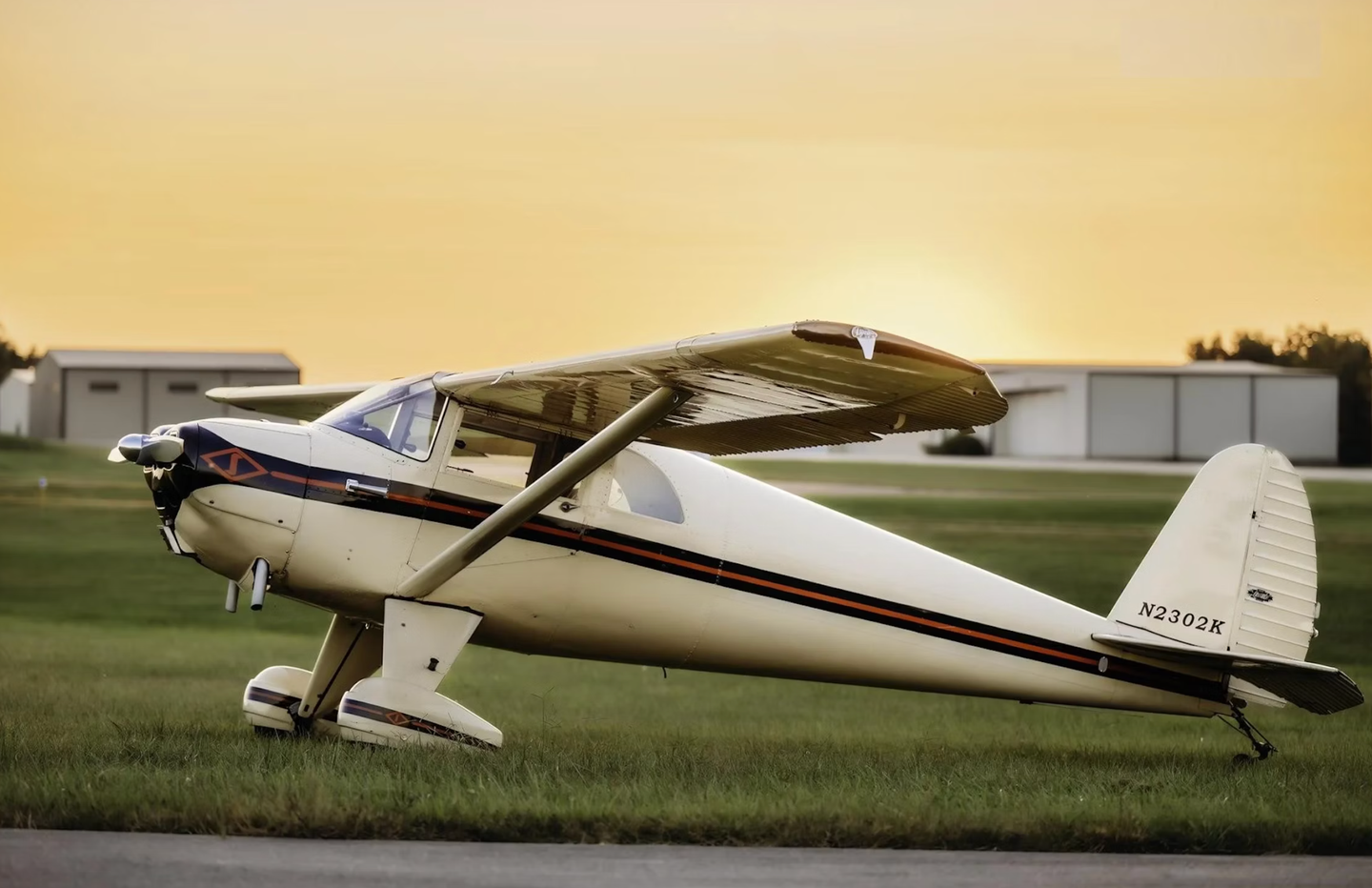
Subscribe to Our Newsletter
Get the latest Plane & Pilot Magazine stories delivered directly to your inbox

